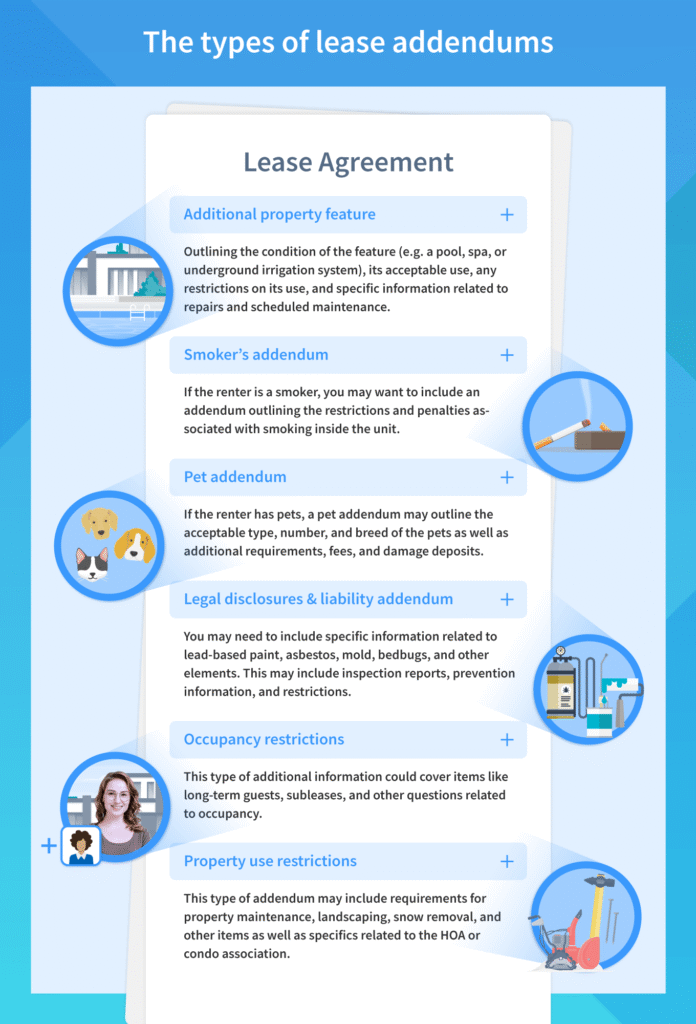
Renting an apartment is a common way to find housing, but it’s important to understand the legal agreement you’re entering into. An apartment lease is a contract that outlines the terms of your tenancy, defining everything from rent payments to responsibilities for repairs. This article will break down the essential elements of an apartment lease agreement, empowering both landlords and tenants with knowledge to navigate this crucial document effectively.
We’ll delve into the definition of an apartment lease, explore key terms commonly found in these agreements, and outline the specific responsibilities of both landlords and tenants. We’ll also discuss the process of breaking a lease and provide insights into ensuring a smooth and legally sound rental experience for all parties involved.
Apartment Lease Agreement Definition
An apartment lease agreement is a legally binding contract between a landlord (the property owner) and a tenant (the person renting the apartment). This document establishes the terms and conditions under which the tenant can occupy and use the rented apartment unit. It serves as a comprehensive guide outlining the rights, responsibilities, and obligations of both parties throughout the tenancy period.
A well-drafted lease agreement protects the interests of both landlords and tenants by clearly defining expectations and providing a framework for resolving potential disputes. It typically includes details such as the duration of the lease, monthly rent amount, payment due date, security deposit terms, permissible use of the property, maintenance responsibilities, and procedures for handling issues like late rent payments or property damage.
Key Terms in a Lease Agreement

Understanding key terminology within an apartment lease is crucial for both landlords and tenants to ensure clear communication and avoid misunderstandings. Some common terms you’ll encounter include:
- Lease Term: The duration of the rental agreement, typically expressed in months (e.g., 6 months, 12 months).
- Rent: The monthly payment made by the tenant to the landlord for the use of the apartment unit.
- Security Deposit: A sum of money paid upfront by the tenant to cover potential damages or unpaid rent at the end of the lease term.
- Late Fee: A penalty charged by the landlord if rent is not paid on time.
- Maintenance: Responsibilities for repairs and upkeep of the apartment unit, often divided between the landlord and tenant.
Additional Key Terms:
- Subletting: The act of renting out a portion or all of the leased apartment to another person without the landlord’s permission (usually prohibited).
- Termination Clause: Provisions outlining the conditions under which the lease agreement can be terminated by either party.
- Renewal Option: A clause allowing for the automatic extension of the lease term for a specified period, often with adjustments to rent amount.
Landlord Responsibilities
Landlords have several key responsibilities outlined in an apartment lease agreement. These include:
- Providing a habitable living space that meets local housing codes and safety standards. This encompasses ensuring proper functioning of essential utilities (electricity, water, heating), addressing structural issues, and maintaining common areas like hallways and laundry facilities.
Responding promptly to tenant requests for repairs and maintenance within a reasonable timeframe. Landlords are generally obligated to address urgent issues affecting the habitability of the unit promptly.
Enforcing lease terms fairly and consistently across all tenants. This involves collecting rent payments on time, addressing violations of lease provisions, and handling disputes in a neutral and impartial manner.
- Providing necessary disclosures about the property, such as known defects or potential hazards, to ensure transparency with tenants.
Tenant Responsibilities

Tenants also have specific responsibilities outlined in an apartment lease agreement. These include:
- Paying rent on time and in full according to the agreed-upon terms. Late payments can result in penalties and potential eviction proceedings.
- Maintaining the cleanliness and sanitation of the rented apartment unit, adhering to any specified cleaning guidelines outlined in the lease.
Respecting the rights and quiet enjoyment of other tenants within the building. This involves minimizing noise disturbances, adhering to community rules, and being considerate of shared spaces.
Informing the landlord promptly about any necessary repairs or maintenance issues within the unit. Timely communication allows landlords to address problems efficiently and prevent further damage.
Breaking a Lease
Breaking an apartment lease before its expiration date can have financial consequences for tenants. Lease agreements typically outline specific procedures and penalties for early termination.
- Negotiation with Landlord: The first step is often attempting to negotiate with the landlord to find a mutually agreeable solution, such as subletting the unit or finding a replacement tenant.
Early Termination Clause: Some leases include an “early termination clause” that specifies conditions under which tenants can break the lease without significant penalties. These clauses may cover situations like job relocation, military deployment, or unforeseen circumstances.
Financial Penalties: If no early termination clause exists or the situation doesn’t qualify, breaking a lease typically involves paying financial penalties to the landlord. This could include covering remaining rent payments for the lease term or forfeiting the security deposit.
Conclusion
Understanding the intricacies of an apartment lease agreement is essential for both landlords and tenants to ensure a successful and legally sound rental experience. By carefully reviewing the terms, clarifying any ambiguities, and fulfilling their respective responsibilities outlined in the agreement, all parties can contribute to a positive and mutually beneficial tenancy.
